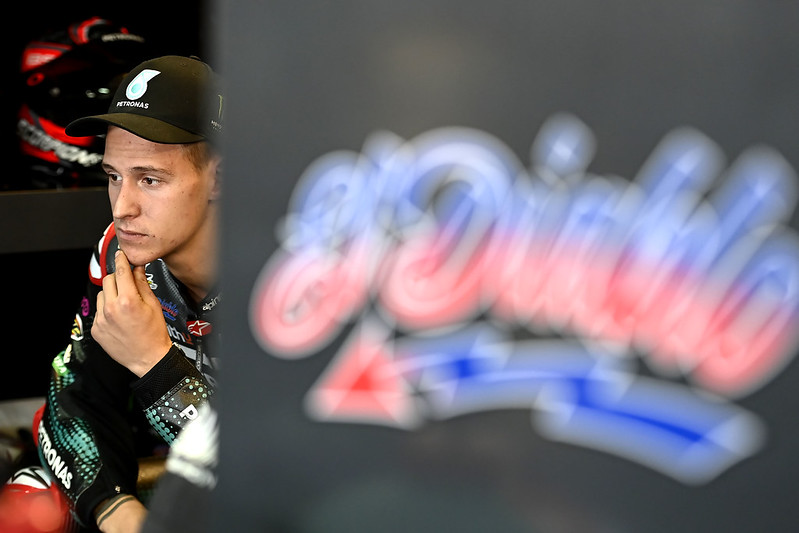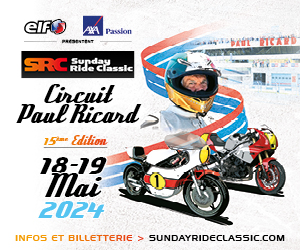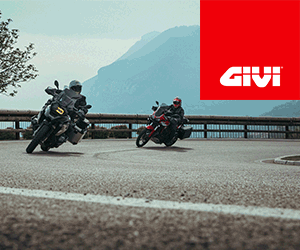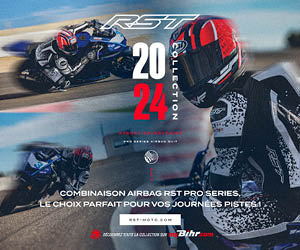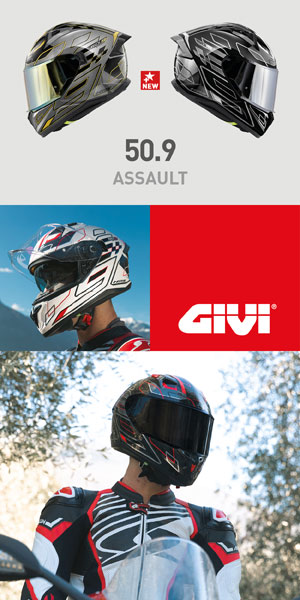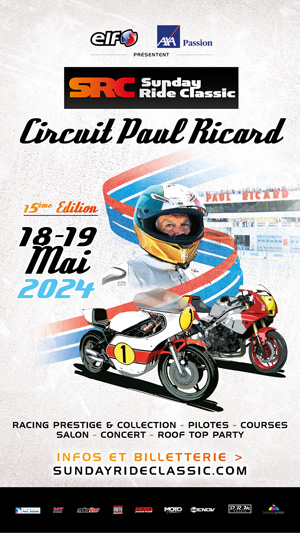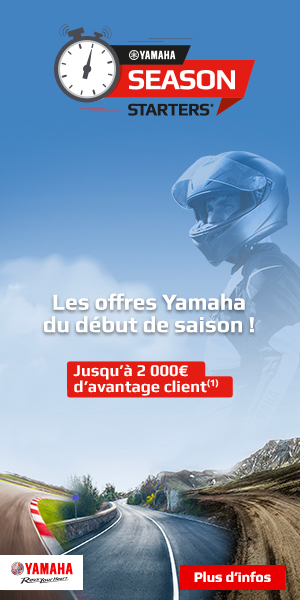Arriving in Aragón at the head of the MotoGP world championship, Fabio Quartararo left in second position, at the end of a very difficult race finishing in 18th position, 21 seconds behind the winner Álex Rins.
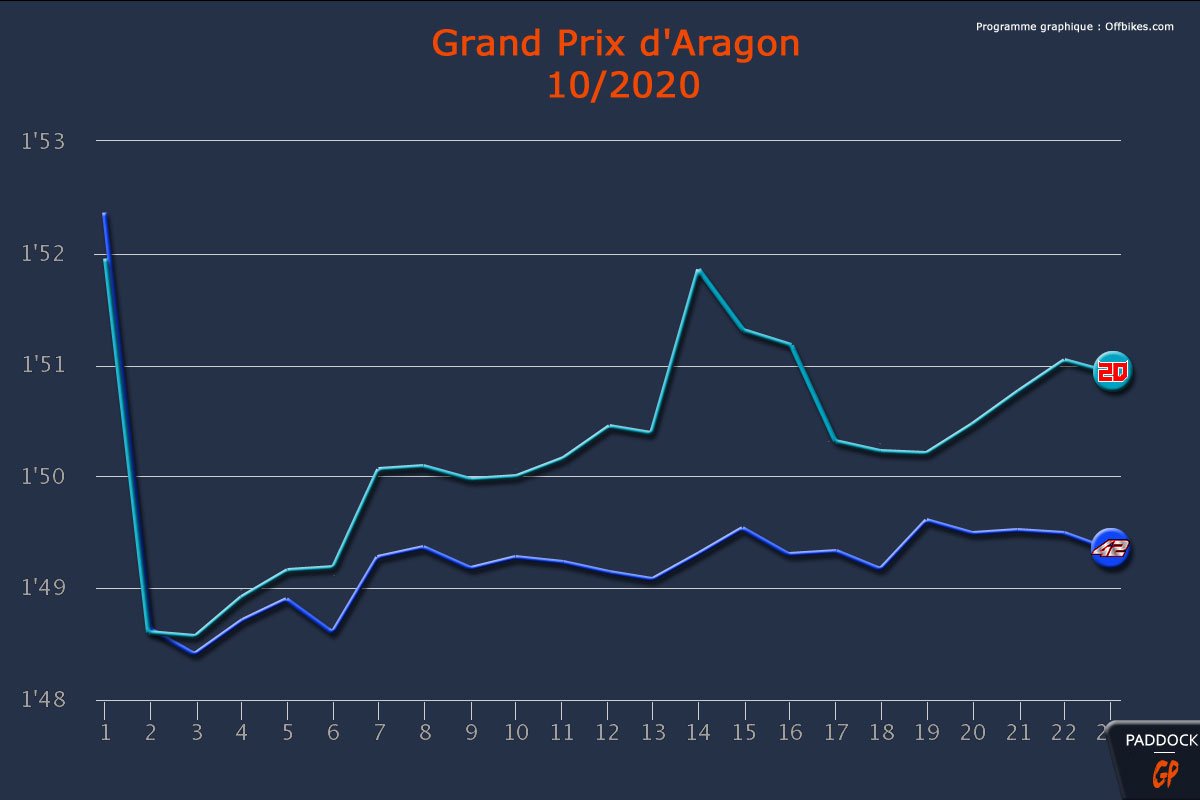
However, the French rider had shone during testing, even taking pole position despite a spectacular early fall on Saturday morning, on a circuit deemed unsuitable for Yamahas.
So, what really happened? We investigated...
Designed by the famous German designer Hermann Tilke, the Motorland Aragón circuit, 5,077 kilometers long, has 17 turns and a long straight of 968 meters.
This last characteristic could suggest that it is exclusively an “engine” circuit capable of favoring the most powerful motorcycles such as the Ducati, and, indeed, the track record still belongs to a Borgo machine. Panigale since 2018, in the hands of Jorge Lorenzo in 1'48.120. However, during this anthology tour, the driver from Majorca had reached “only” 335,4 km/h, a speed largely beaten this year by a Francis Bagnaia at 351,8 km/h. This shows that although engine power is important in Aragón to take advantage of the straight to overtake your opponents, this is not enough to ensure victory. Besides, alone Casey Stoner has won for Ducati since the Spanish track was introduced to the championship in 2010.
In fact, given the statistics, the Iberian circuit seems to suit the Honda particularly well, with the latter taking no less than 7 victories out of the 10 events contested before last weekend, thanks to Casey Stoner in 2011, Dani Pedrosa and in 2012 Marc Marquez in 2013, 2016, 2017, 2018 and 2019.
But this year, obviously taking advantage of the absence of the last reigning world champion and the tightening of performances caused by the new construction of the Michelin rear tire, it was the Yamahas who gave us a festival during the tests. Maverick Vinales in FP1 and FP2 on the first day, Franco Morbidelli in FP3 and FP4 the second, fabio quartararo in qualifying: No session escaped the domination of the YZR–M1 despite extremely cold temperatures in the morning.
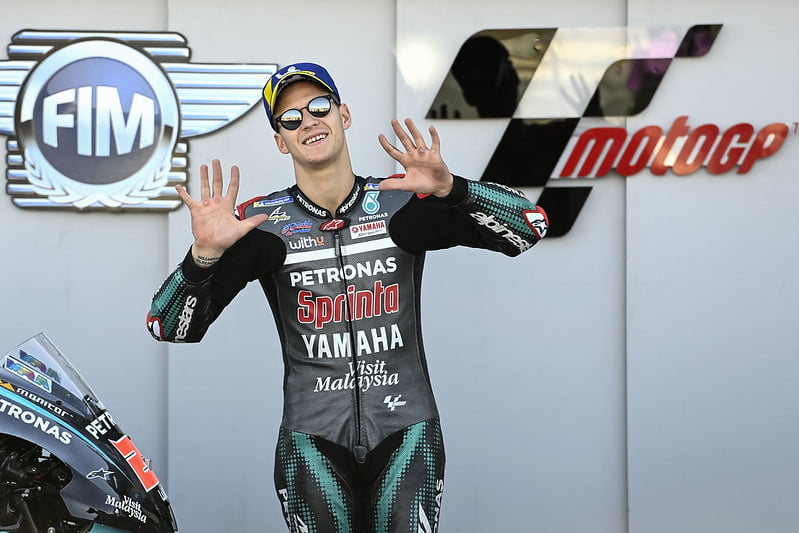
However, the French poleman already sensed a problem with his racing pace on Friday evening during his debriefing: “Our choice of tires is not yet clear and I still have a lot to do on the bike and my riding, because we are fast on the first 10 laps, but then we struggle more compared to Maverick Viñales who was much more consistent than us this afternoon. It was very quick and my team leader and engineers have already analyzed everything to see where we can improve. I think it's very important in these conditions to analyze well, because I feel good on the bike but not as well as I want. We will see tomorrow and, looking at my teammate, it seems that the medium front tire is not bad. So we still have to choose front and back. I will do my best and I think if we do a good job in the warm up, what we are going to try should work. It concerns my driving style but also the team, because they have some ideas. » (See full here et leaves)

Visibly, the first idea was to choose a medium front tire for the race, like Franco Morbidelli, which was also the majority choice made by the other drivers, contrary to Maverick Vinales, started with a soft front tire.
On the other hand, it is very surprising (euphemism) that the team made this choice when fabio quartararo had not covered a meter with this tire on the Aragón circuit, including during FP4, the only session that was even remotely significant, given the too low warm-up temperature on Sunday morning! This contradicts the golden rule of never starting a race with a tire that you have not tested., whatever the reasons…
| Meeting | Front tire | Rear tire |
| FP1 | Soft (new) | Soft (new) |
| FP2 | Soft (new) | Medium (new) |
| FP3 | Soft (8 turns) | Soft (3 turns) |
| FP4 | Soft (new) | Soft (new) |
| Qualification | Soft (new) | 2 Soft (new) |
| Warm up | Soft (7 turns) | Soft (3 turns) |
| Course | Medium (new) | Soft (new) |
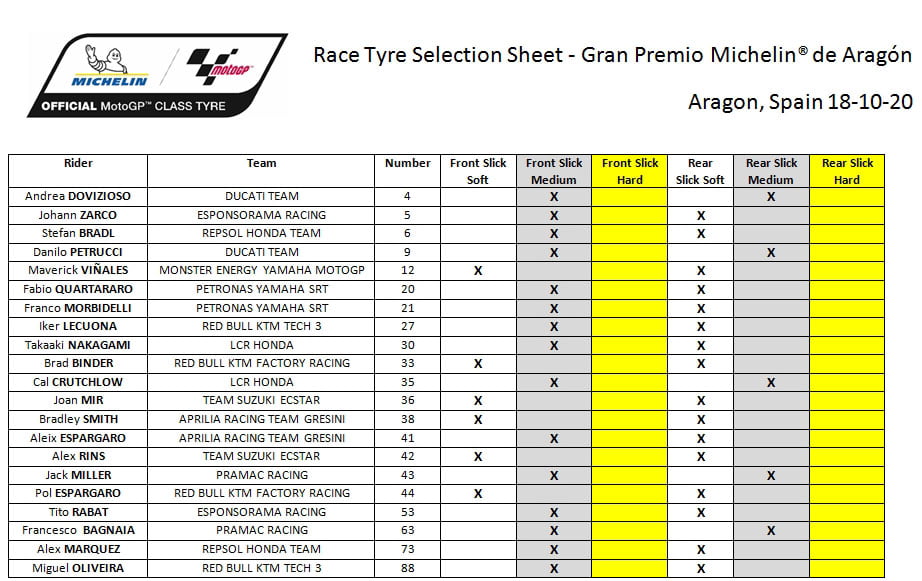
We are not trying to find out who made this decision, which is always the result of collaborative work, but we are obliged to notice.
Obviously, all Michelin technicians or engineers have the required level of skill. On the other hand, a holder accustomed to “his” driver, “his” motorcycle and “his” team will always be able to make himself heard better during a collective decision. Experience is a light that only illuminates oneself, as the saying goes…
A new tire, a new technician, but also less wind and warmer track temperatures on Sunday afternoon than in all previous sessions (31° on the ground for the race compared to 25° in FP4). In these conditions, even a cat would not find her kittens there, or in this case a team to determine the air pressure to put in the tire before departure, especially since new heating blankets encompassing the entire wheel are now sometimes used, heating not only the tire but also the entire rim, not to mention simple thermal blankets put on and taken off!

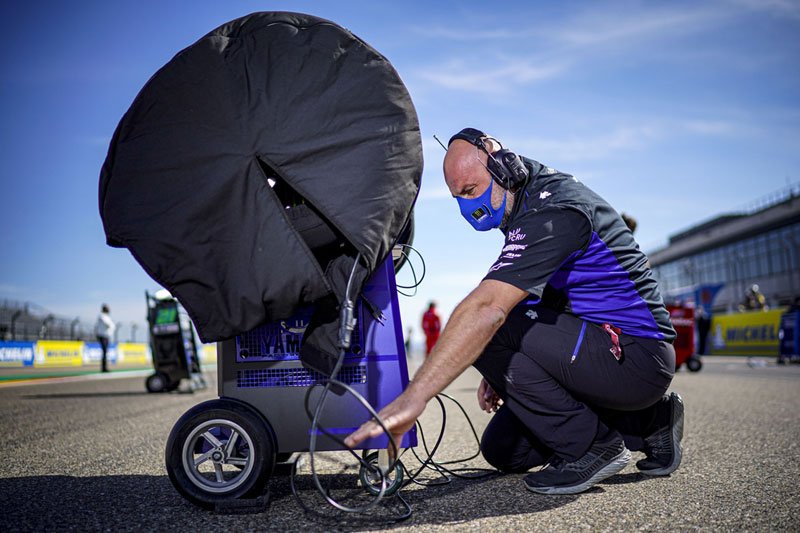
The current front tires, both very competitive and very sensitive, see their temperature and pressure increase during the first laps of the race to arrive in an operating zone around 2,1 bars (1,9 minimum in accordance with regulations). ) and 100°.
In his own words, fabio quartararo informed that he had a good feeling during the first three laps, then that his front tire had become very difficult to manage, having taken on too much pressure.
“For me the choice was correct because the first three rounds were perfect. I had a very good feeling and everything was OK. But the problem was that from the third round I already had much greater pressure than normal. » (See full here)
The last element (to our knowledge) which may have played a role in this excessively high pressure, the front wheel covers.
Initially intended to keep the 340 mm carbon discs at high operating temperatures despite the rain, the wheel covers come in several models at Yamaha. There are simple models that simply surround the discs to fulfill this function.

But Yamaha sometimes uses more sophisticated models, which also seem to have an aerodynamic function. They are either full or have four cooling holes, and can be mounted in juxtaposition with classic half-covers.


Fabio Quartararo, Aragón MotoGP, October 16, 2020
This is what the three Yamaha riders chose in Aragón, despite a temperature of 21° in the air, undoubtedly to ensure braking at the end of the long straight and also to gain a few “pouillemes” in kilometers/hour in the latter.
But again, Fabio Quartararo's team chose to differentiate itself from other Yamaha riders, by blocking two of the four holes in each wheel cover for the race, logically generating slightly hotter discs, therefore a slightly warmer rim, therefore a slightly warmer tire and greater pressure...
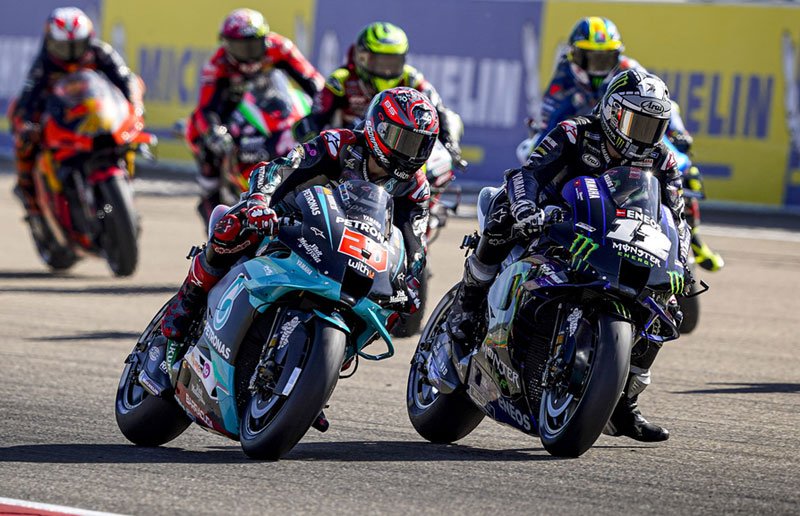

Our aim is not to accuse anyone, but simply to illustrate the complexity of current MotoGP.
We do not claim to have the truth, but it is possible (probable) that each of the four elements detailed above played a role in Fabio Quartararo's race. Independently, this would probably not have caused the same consequences, but don't we say that a plane crash is always the result of an accumulation of small malfunctions?
It will be interesting to watch the next weekend in Aragón, because it is entirely possible that with exactly the same ingredients, the soup will taste much better for the French pilot... It's all a matter of execution and adjustment of recipe !
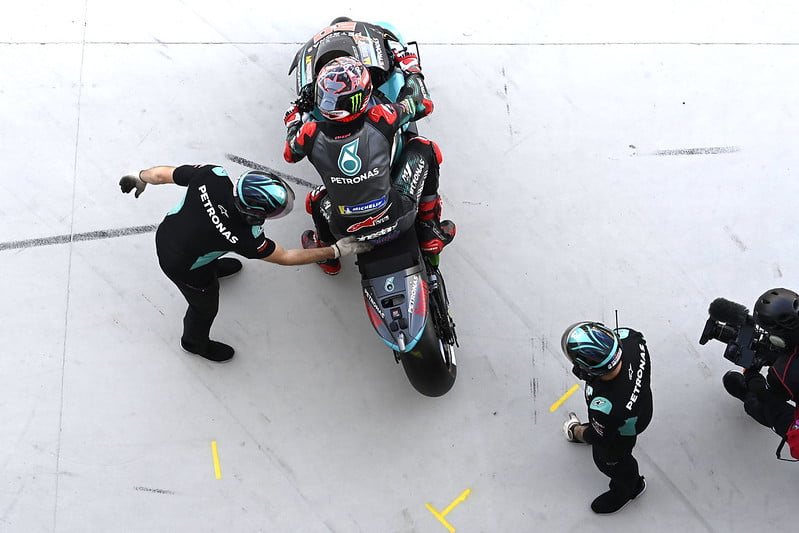
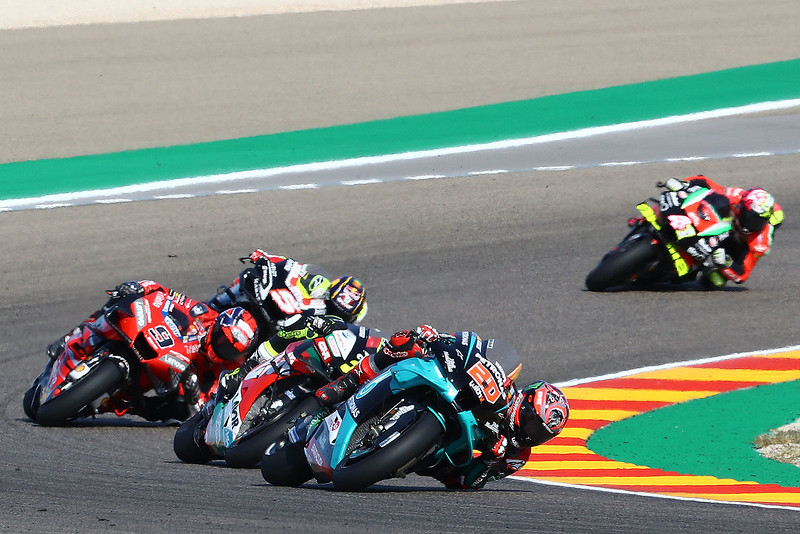
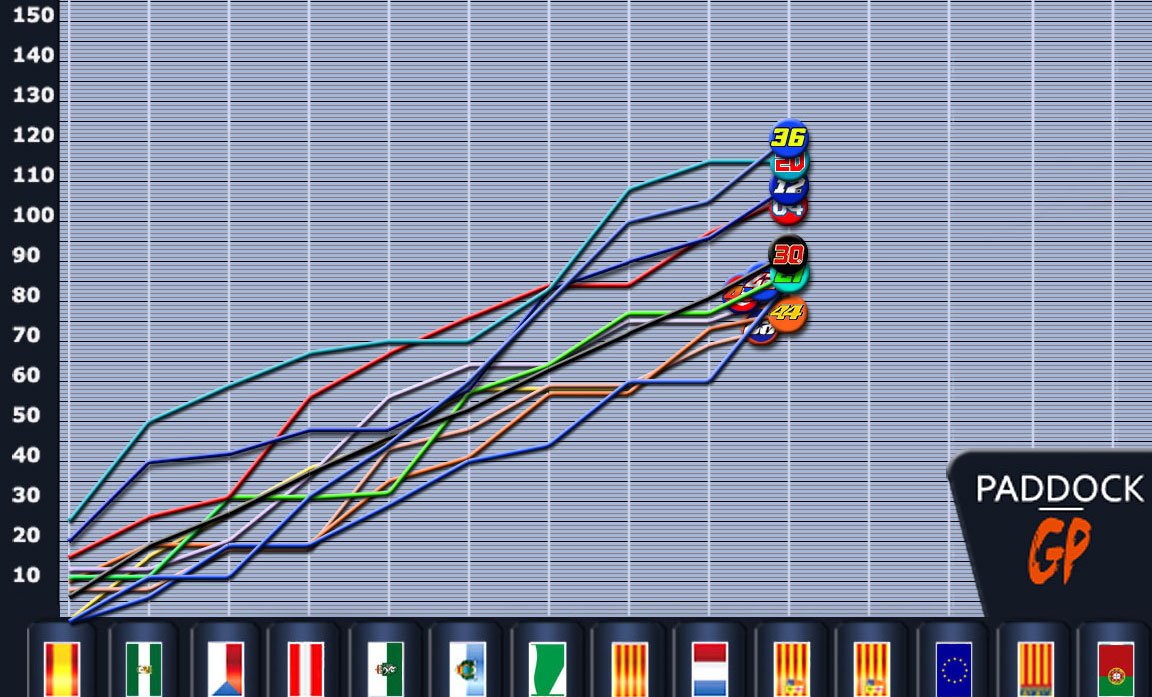
Photos: Petronas Yamaha SRT










